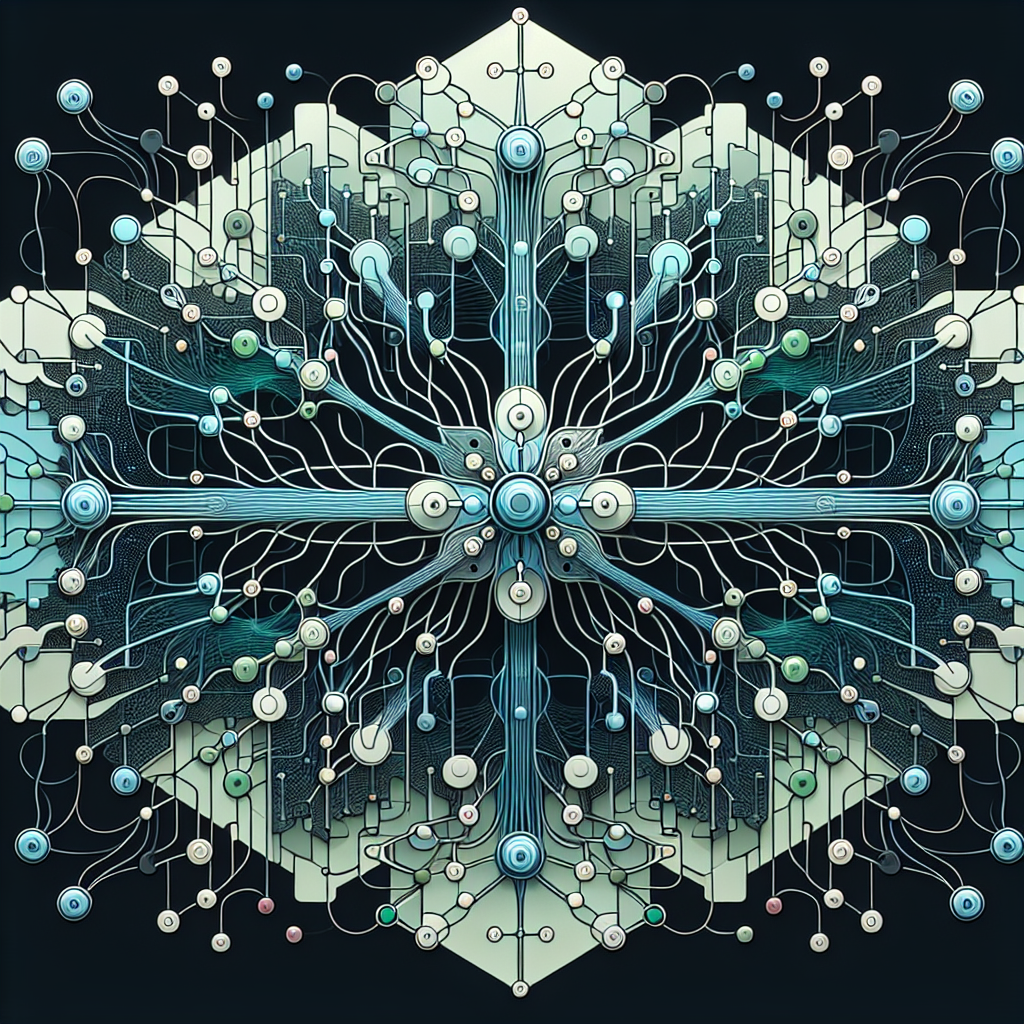Fix today. Protect forever.
Secure your devices with the #1 malware removal and protection software
Recurrent Neural Networks (RNNs) have gained immense popularity in the field of deep learning due to their ability to model sequential data and capture dependencies over time. One key component of RNNs that plays a crucial role in their performance is the gated units. Gated units, such as the Long Short-Term Memory (LSTM) and Gated Recurrent Unit (GRU), are designed to address the vanishing gradient problem that plagues traditional RNNs, allowing them to effectively capture long-range dependencies in sequential data.
In this article, we will provide a comprehensive overview of the power of gated units in RNNs and how they enable the modeling of complex sequential data. We will discuss the architecture of gated units, their advantages over traditional RNNs, and their applications in various domains.
The architecture of gated units, such as LSTM and GRU, consists of multiple gates that control the flow of information in and out of the unit. These gates include an input gate, forget gate, and output gate, each of which serves a specific purpose in processing the input data and updating the hidden state of the network. The input gate regulates the flow of new information into the unit, the forget gate controls the retention or deletion of information from the previous time step, and the output gate determines the output of the unit at the current time step.
One of the key advantages of gated units in RNNs is their ability to learn long-range dependencies in sequential data. Traditional RNNs struggle with capturing long-term dependencies due to the vanishing gradient problem, where gradients become exponentially small as they are backpropagated through time. Gated units address this issue by allowing the network to selectively store or discard information at each time step, enabling the model to remember important information over longer periods of time.
The power of gated units in RNNs extends beyond just modeling sequential data. They have been successfully applied in various domains, including natural language processing, time series forecasting, and speech recognition. In natural language processing tasks, such as language translation and sentiment analysis, gated units have been shown to improve the performance of RNN models by capturing complex linguistic patterns and dependencies in text data. In time series forecasting, gated units have been used to model temporal dependencies in financial data, weather data, and other time-varying signals. In speech recognition tasks, gated units have been shown to enhance the accuracy of speech recognition systems by capturing the nuances of spoken language and improving the robustness of the model to noise and variability in the input data.
In conclusion, gated units are a powerful tool in the arsenal of deep learning practitioners, enabling the modeling of complex sequential data and capturing long-range dependencies in RNNs. By understanding the architecture and advantages of gated units, researchers and practitioners can unlock the full potential of RNNs in a wide range of applications. As deep learning continues to advance, gated units are likely to play an increasingly important role in shaping the future of artificial intelligence and machine learning.
Fix today. Protect forever.
Secure your devices with the #1 malware removal and protection software
#Unlocking #Power #Gated #Units #Recurrent #Neural #Networks #Comprehensive #Overview,recurrent neural networks: from simple to gated architectures

Leave a Reply
You must be logged in to post a comment.